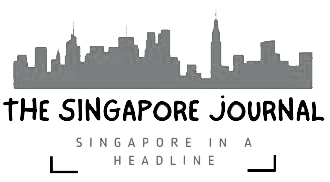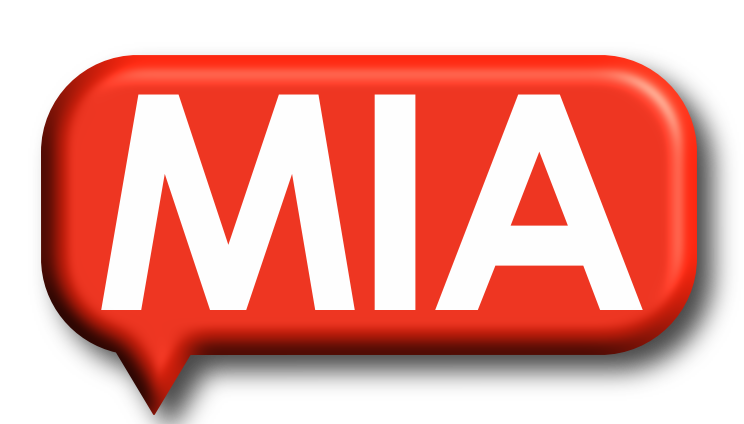Trusted platform, secured by
Looking for a Long-Term Rental?
Compare and secure the most competitive rates for 6 months, 1 year, or even 2 years here!
Media & Advertising Equipment For Rent
Rent Media & Advertising Equipment across undefined with top-quality equipment at the best rental rates on Antbuildz. Instantly compare units from multiple suppliers across all specifications in one place. Looking to buy? Browse here!
No Equipment Found
It appears that the categories may be fully rented at the moment. However, the Antbuildz team has strong connections with suppliers across South East Asia. Please feel free to drop us a message in the inbox, and we will gladly assist you in addressing your equipment needs
Explore More Items!
About Media & Advertising Equipment :
1. What is Media & Advertising Equipment?
Media and advertising equipment refers to the tools and devices used to create, display, and distribute marketing content for businesses, events, or promotional campaigns. This includes items such as LED display screens, digital signage, projectors, audio-visual systems, camera equipment, lighting rigs, PA systems, media players, and printing equipment like banner printers or vinyl cutters. Used across industries such as retail, events, corporate marketing, and outdoor advertising, this equipment plays a crucial role in enhancing brand visibility, audience engagement, and message delivery through compelling visual and audio content.
2. Why Rent or Buy Media & Advertising Equipment?
Whether you're running a one-time campaign or managing continuous promotional efforts, renting or buying the right media and advertising tools can transform how you connect with your audience:
Rent Media & Advertising Equipment:
- Cost-Effective for Short-Term Projects: Renting is ideal for events, trade shows, product launches, or temporary campaigns where long-term investment isn't necessary.
- Access to the Latest Technology: Rental gives you access to the latest and most advanced equipment without the high upfront costs. This ensures your campaigns use high-resolution displays, modern audio systems, and updated digital tools.
- Scalability & Convenience: Easily scale your advertising reach with additional screens, projectors, or speakers during peak events. Rentals often come with setup, support, and breakdown services, saving time and resources.
Buy Media & Advertising Equipment:
- Long-Term Marketing Needs: Buying is the best choice for businesses with ongoing promotional or media production needs. Owning the equipment gives you full control over branding, content delivery, and campaign timing.
- In-House Media Creation & Broadcast: For companies producing regular videos, content, or presentations, investing in camera equipment, microphones, editing software, and studio lighting ensures professional-quality output.
- Brand Consistency & ROI: With ownership, you can maintain consistent branding and customize your setup for specific campaigns, maximizing your return on investment over time.
3. How to Choose Media & Advertising Equipment?
Choosing the right media and advertising equipment depends on your campaign goals, audience, budget, and content type. Here’s what to consider:
- Type of Media Content:
- For video advertising, consider high-resolution LED screens, video walls, 4K projectors, or smart TVs for vibrant visuals.
- For audio promotions, invest in speakers, PA systems, microphones, and mixing consoles.
- For print advertising, you may need banner printers, vinyl cutters, or wide-format printers depending on your design and size needs.
- Target Audience & Venue:
- Indoor events (like conferences, corporate seminars, or mall activations) require compact, high-resolution equipment with minimal sound disruption.
- Outdoor campaigns demand weatherproof LED screens, high-lumen projectors, and robust sound systems to overcome ambient noise and lighting.
- Duration & Frequency of Use: For single-day or short-term events, rental is more cost-effective. If you’re running frequent campaigns or managing in-house media production, purchasing ensures long-term cost savings.
- Portability & Setup Requirements: Consider equipment that’s easy to transport and install if you’re managing multiple venues or pop-up campaigns. Choose modular setups for flexibility, especially when space and layout may vary from one event to another.
- Integration Capabilities: Ensure the equipment integrates well with your software platforms, such as content management systems (CMS), media players, or streaming tools. Compatibility with smart devices or cloud-based platforms adds flexibility in content delivery and real-time updates.
- Technical Support & Maintenance: Opt for suppliers or rental companies that offer technical support, on-site assistance, and maintenance options to avoid downtime during critical promotions.




































 Menara MBMR, 1 Jalan Syed Putra , 3-03a, 58000 KL , Malaysia
Menara MBMR, 1 Jalan Syed Putra , 3-03a, 58000 KL , Malaysia







